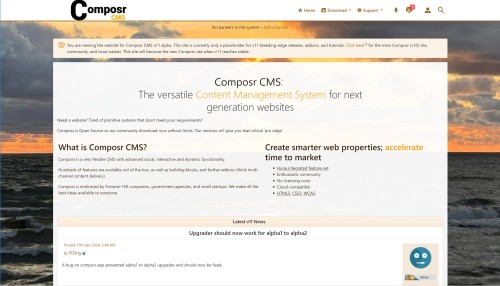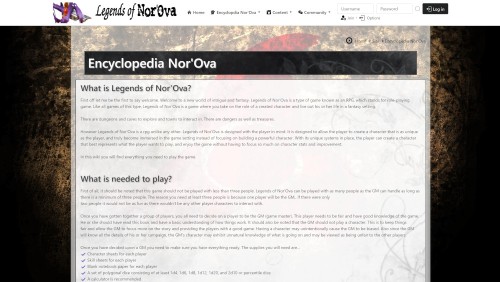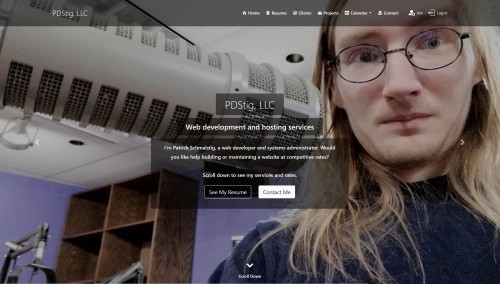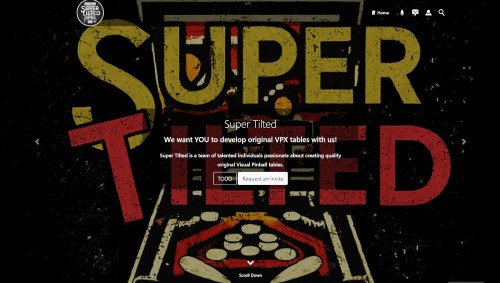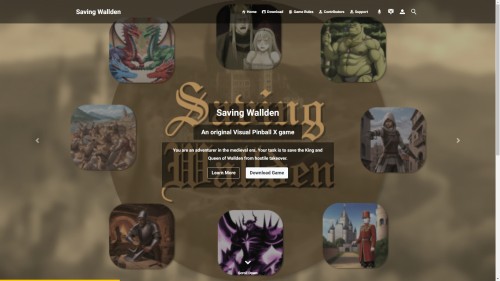Featured Sites: A-Z Index
H
Newest 10 Entries
| Question | What are redirects and how can I use them for subsites? |
|---|---|
| Answer | Redirects let you create custom URL paths that point to different zones and pages within your site. Examples:
Go to Admin Zone > Structure > Redirects. |
| Question | What are virtual roots and how do I use them? |
|---|---|
| Answer | Virtual roots let you make a sub-category within a Composr module (e.g., downloads) appear as the top-level category. This is useful for creating separate "databases" of content for different subcommunities. To create a virtual root:
|
| Question | Can I have subsites and subcommunities within a single Composr installation? |
|---|---|
| Answer | Yes, Composr offers various tools to create subsites and subcommunities within a single installation:
|
| Question | What is the difference between a central site and a satellite site in an M.S.N.? |
|---|---|
| Answer | The central site hosts the shared forum, member database, and netlink system. It is the core of your M.S.N. Satellite sites are the additional websites within your network. They connect to the central site for member information and forum access. |
| Question | What are the advantages and disadvantages of using an M.S.N.? |
|---|---|
| Answer | Advantages:
Disadvantages:
|
| Question | What is a multi-site network (M.S.N.) in Composr? |
|---|---|
| Answer | An M.S.N. allows you to run multiple Composr websites (installations) that share a common forum and member database. It's ideal for website networks with shared communities but segmented content, staff, or branding. In essence, members who join one site automatically have accounts on all sites within the network. |
| Question | What are the key classes and utilities provided by Composr Mobile SDK? |
|---|---|
| Answer | CMS SDK provides several classes with utility functions mirroring PHP and Composr APIs, including:
|
| Question | How do I set up Composr Mobile SDK in my iOS and Android projects? |
|---|---|
| Answer | iOS (Xcode):
Android (Eclipse):
|
| Question | What are some key concepts related to mobile app development with Composr? |
|---|---|
| Answer | Essential concepts include:
|
| Question | What other approaches exist for mobile integration with Composr? |
|---|---|
| Answer | Other approaches, in various stages of development, include:
|
Top 10 Entries
| Question | What are the different ways to target recipients for my newsletters? |
|---|---|
| Answer | Composr offers several targeting options:
|
| Question | How can I prevent my emails from being marked as spam? |
|---|---|
| Answer | Here are some tips to reduce the likelihood of your emails being flagged as spam:
|
| Question | Why are my emails being blocked by spam filters? |
|---|---|
| Answer | Several factors can cause emails to be blocked:
|
| Question | How do I configure SMTP settings in Composr? |
|---|---|
| Answer | Composr can use either its own SMTP connection code or PHP's built-in SMTP functionality. Using PHP's SMTP settings is generally recommended and can be managed at the server level. However, if your SMTP server requires authentication (which PHP doesn't support natively) or if your server lacks an SMTP server, you'll need to use Composr's SMTP connection code, configurable in the Configuration module. |
| Question | How does Composr send emails? |
|---|---|
| Answer | Composr constructs emails using language strings and templates written in Comcode. It sends emails in both HTML and plain text formats to ensure compatibility with different email clients. To minimize the chance of emails being marked as spam, Composr embeds CSS and images directly into the email instead of linking to them externally. |
| Question | How can I make my website design more appealing to different thinking styles? |
|---|---|
| Answer | Different individuals process information differently. Some are more visual, while others are more analytical. To appeal to diverse thinking styles, a website design should incorporate a balance of elements. For instance, using a striking header image coupled with well-structured, informative text can cater to both visual and analytical thinkers. Understanding your target audience and their thinking styles is key to creating a design that resonates with them. |
| Question | What considerations are necessary when designing for different user levels on a website? |
|---|---|
| Answer | User levels often necessitate different content or functionalities. For instance, administrators might need access to content creation tools, while regular visitors only view published content. Consider these factors during design:
Remember, a well-designed website should cater to all user levels while maintaining security and a cohesive experience. |
| Question | How do I make my website theme mobile-friendly in Composr? |
|---|---|
| Answer | Composr offers several features to optimize themes for mobile:
|
| Question | What is responsive design, and why is it essential for mobile devices? |
|---|---|
| Answer | Responsive design ensures a website adapts seamlessly to different screen sizes, providing an optimal viewing experience across devices, particularly mobile phones and tablets. It utilizes techniques like flexible grids, fluid images, and CSS media queries to adjust layout and content based on screen dimensions. This is crucial because mobile device usage is significant, and a non-responsive site leads to a poor user experience on smaller screens, potentially driving visitors away. |
| Question | How can I create a theme pack for release in Composr? |
|---|---|
| Answer | After designing your theme, go to the admin panel's "Addons" section. You'll find an option to export your current theme as an addon. Composr will package the necessary files into a downloadable archive, ready to be shared with others or submitted to the Composr community for installation on other sites. |


